You Can’t Wear Out an Indian Scout: Indians and the Wall of Death
by Allan J. Ford & Nick Corble
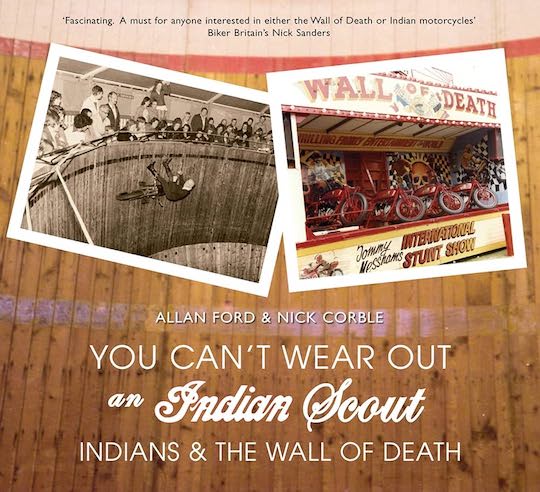
“Exhaust pipes are an optional extra on a wall bike as the louder they go, the better the show! If exhaust pipes are omitted altogether the flames from the exhaust port will burn the rider’s boots, which is both expensive and uncomfortable.”
If you’ve never seen near-vertical motorcyclists careening around a Wall of Death you’ll need to have 3D-capable imagination to fully appreciate the gut-wrenching gravity-defying stunts shown here! Written as a follow-up to the same authors’ Riding the Wall of Death, this book examines what it is that makes the 600 cc Indian Scout of the 1920s the tool of choice for wall, or drome, riders.
Allan Ford purchased and restored one of Britain’s few remaining Walls of Death and toured the country with it. Now retired, he has the time to indulge in a “lifetime’s ambition,” to chronicle what was surely one of the most spectacular of all fairground shows. The earlier book’s (2006, Tempus, ISBN 978-0752437910. Reprinted five times!) focus on the history and the riders is here revisited but specifically in the context of technical and construction features of the bike itself.
The title of the book is borrowed from the famous slogan by Sammy Pierce, the world’s largest Indian motorcycle dealer: “You can’t wear out an Indian Scout, or its brother the Indian Chief. They’re built like rocks to stand hard knocks, it’s the Harleys that cause the grief.” Harleys, too, were used on the wall, and all sorts of other machinery, even cars (which you can still today see in India). Built by the oldest motorcycle company in the United States—and at one time the largest motorcycle manufacturer in the world—the Scout’s left-handed throttle control (from the days of motorcycle cops needing their right hand free to draw a gun!) with concealed, internal wiring and low center of gravity are among the key attributes that make this sturdy but otherwise unremarkable bike ideally suited for trick riding.
Beginning with a brief history of the two bicycle riders George M. Hendee and Carl Oscar Hedström who founded the Indian Motorcycle Co., the book presents a basic overview of the origins of wooden board track motordromes because without understanding their technical and dimensional changes there is no context for examining the virtues of the Scout. Courses that shrank from once 1–1.5 mile-long circles to about 30 feet in diameter today but with much steeper angles impose totally different loads on machine and rider and cause different handling characteristics.
The many period photos are a delight to anyone, regardless of motorcycle interests, who enjoys looking at days long gone. Wall junkies will appreciate seeing photos of many of the big names in the sport. Restorers will seek out the many close-ups of specific technical features, all sorts of bikes in various states of disassembly, and many shots of restored historic bikes along with a handful of cutaway drawings from old factory brochures. There is a listing of Indian clubs worldwide but no Index.
Copyright 2010, Charly Baumann (speedreaders.info).


 RSS Feed - Comments
RSS Feed - Comments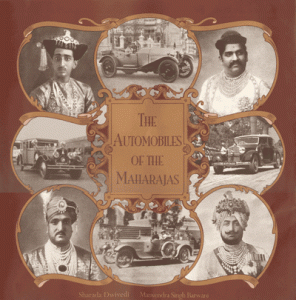



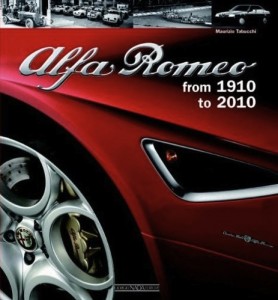

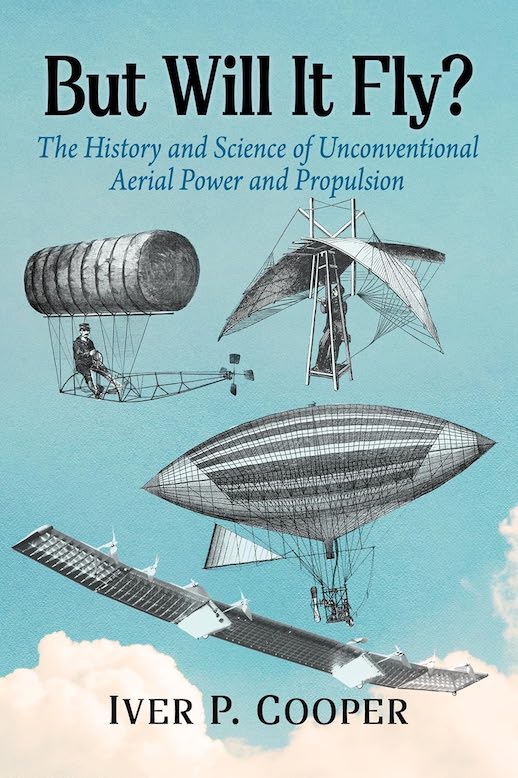

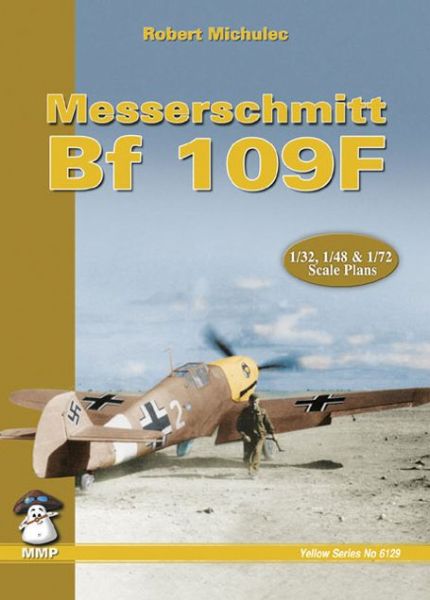

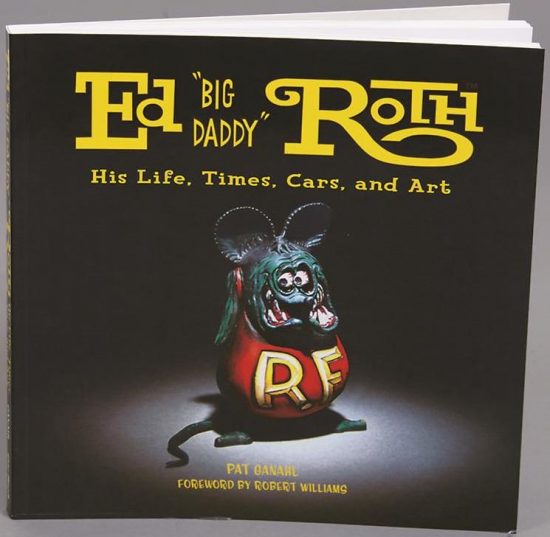
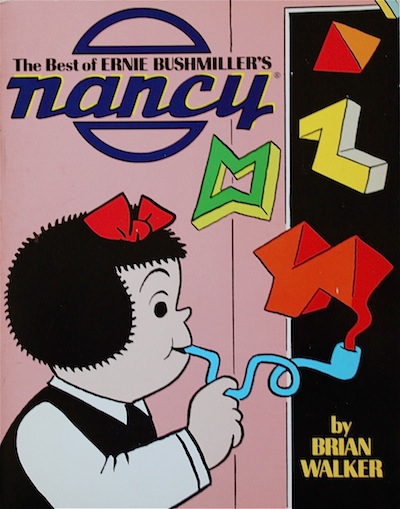


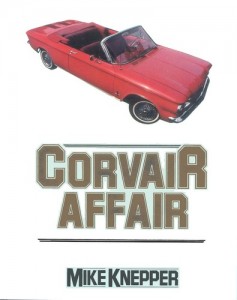



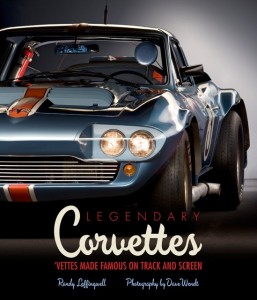
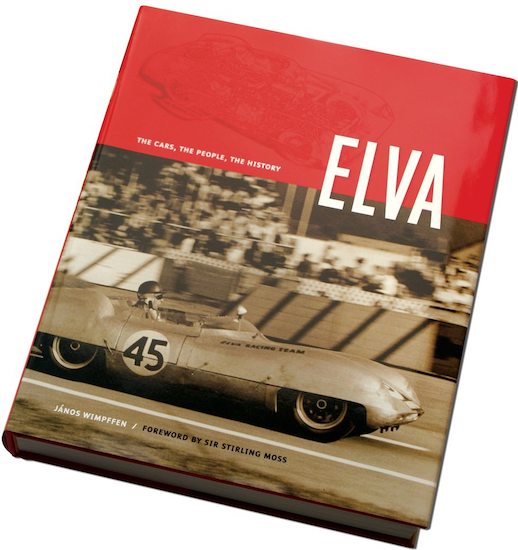


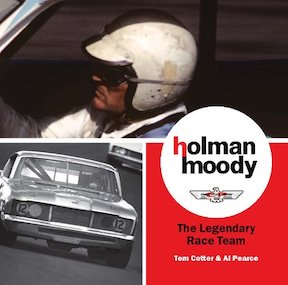
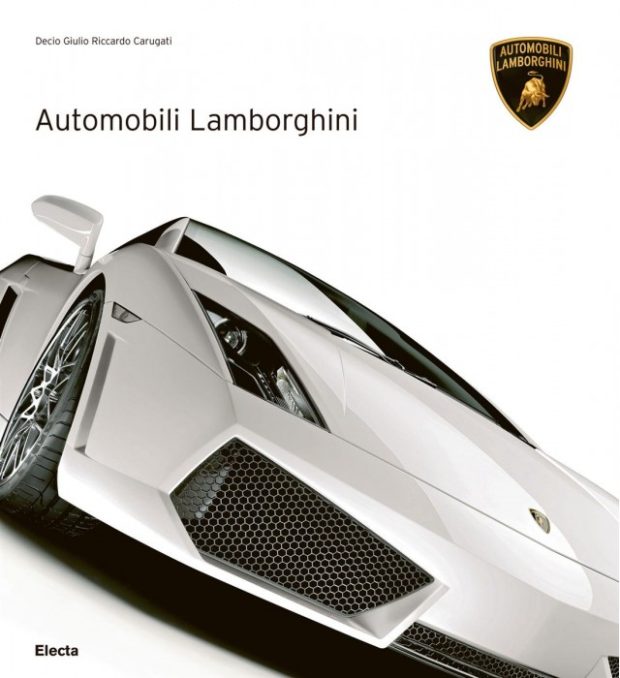

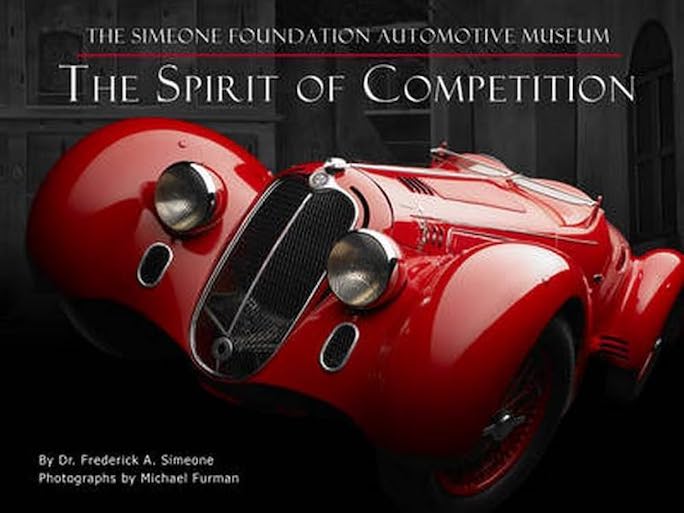


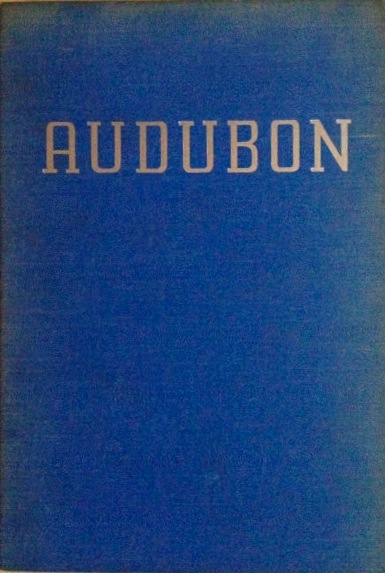
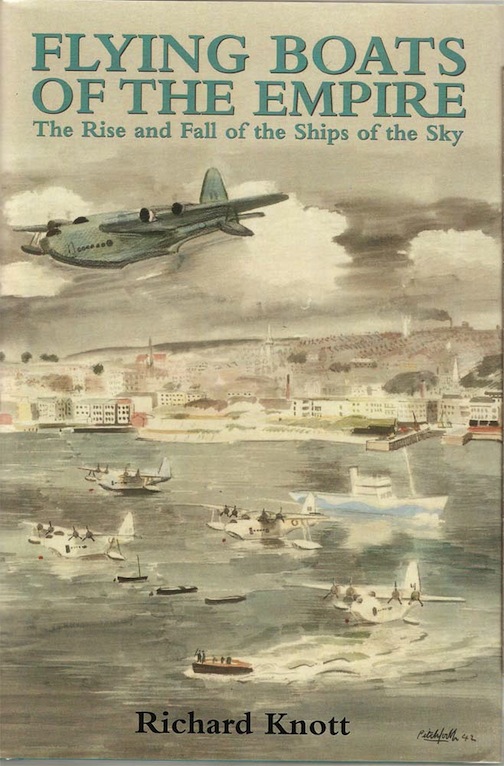













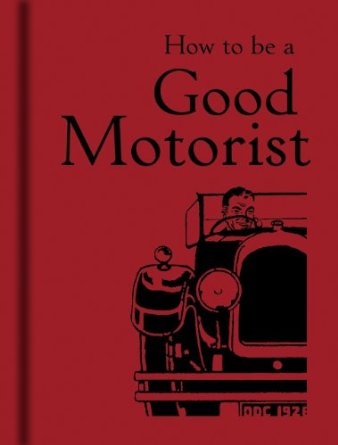
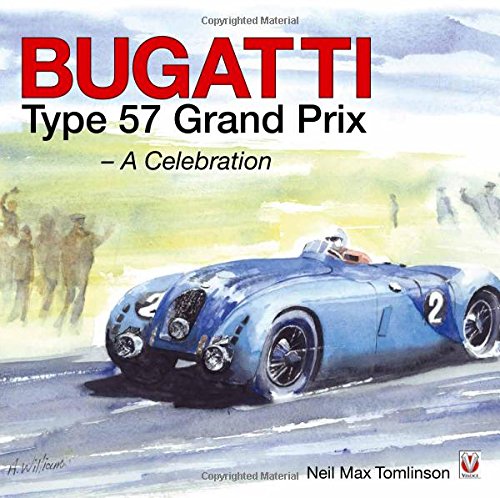

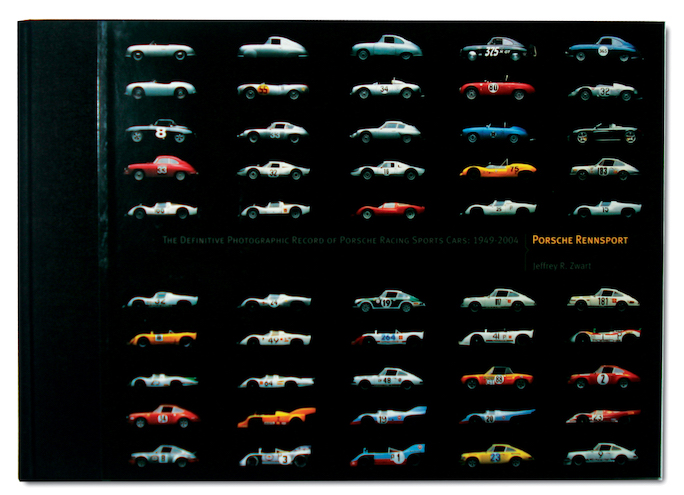







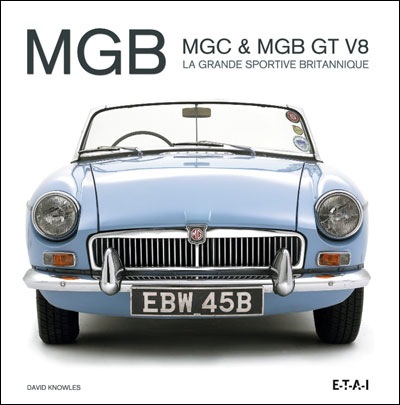
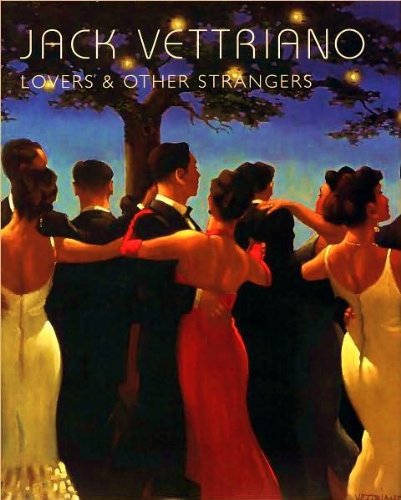
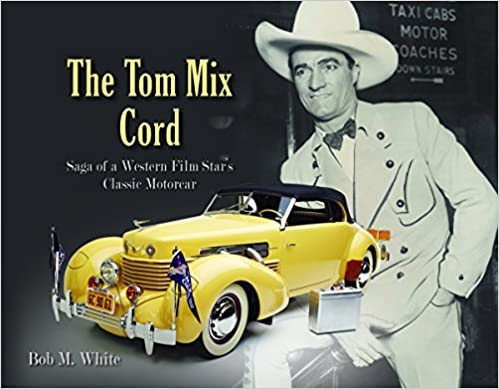

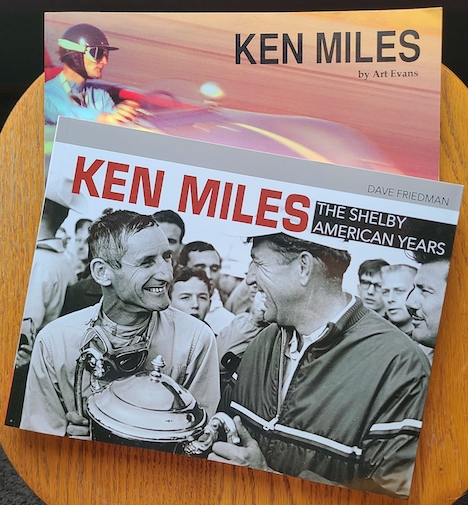

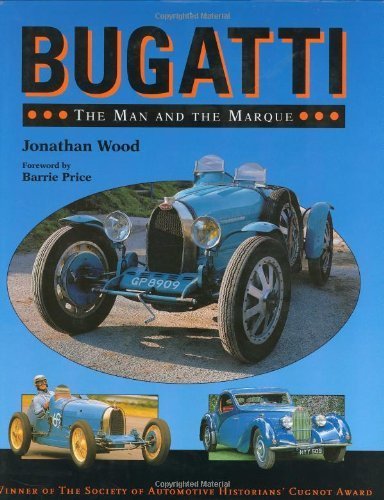


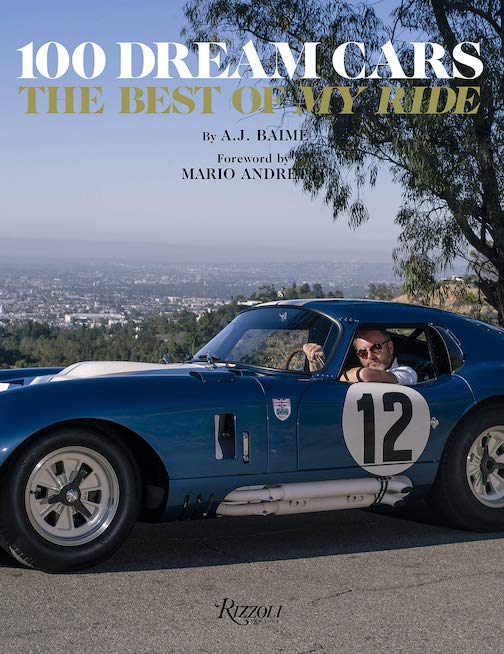
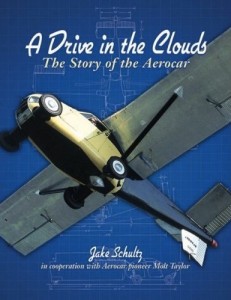



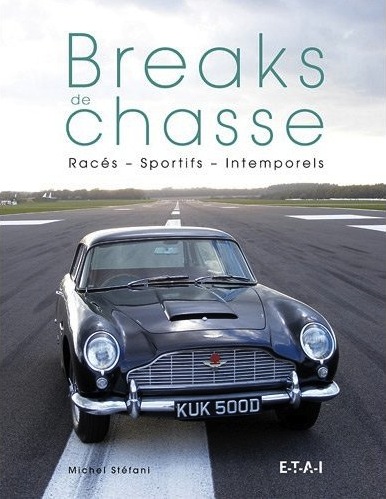


 Phone / Mail / Email
Phone / Mail / Email RSS Feed
RSS Feed Facebook
Facebook Twitter
Twitter